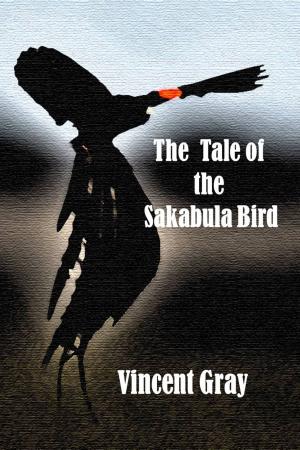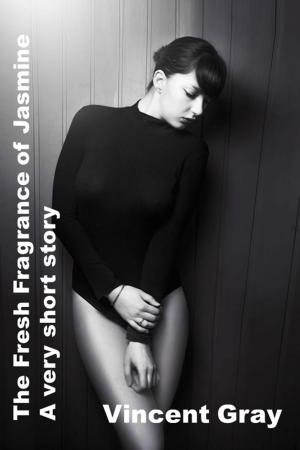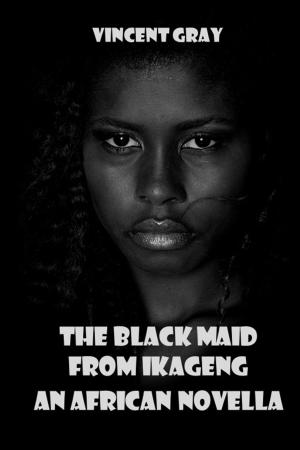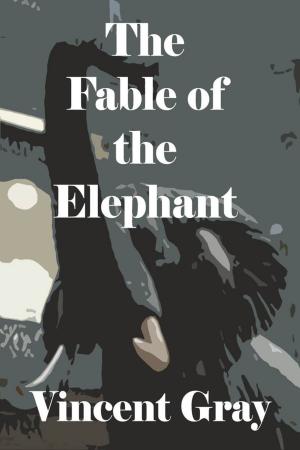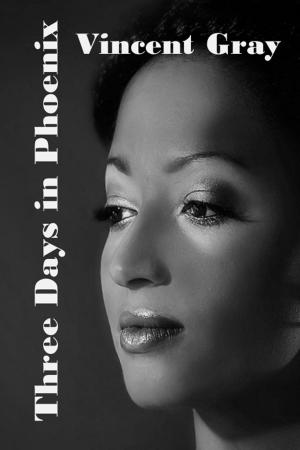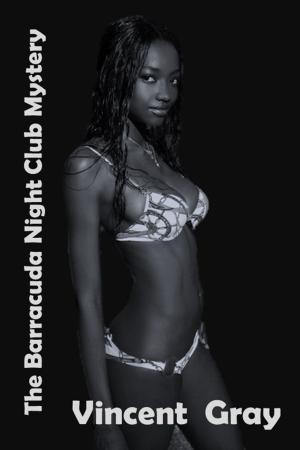| Author: | Vincent Gray | ISBN: | 9780620673785 |
| Publisher: | Vincent Gray | Publication: | November 1, 2015 |
| Imprint: | Smashwords Edition | Language: | English |
| Author: | Vincent Gray |
| ISBN: | 9780620673785 |
| Publisher: | Vincent Gray |
| Publication: | November 1, 2015 |
| Imprint: | Smashwords Edition |
| Language: | English |
While meeting Segomotso changed Joab's life forever that strange magical meeting was only part of Joab's story. The story of the 'Dress Maker' is also a story of his deconstructive reading of John Calvin. Joab's reading of Calvin's work takes the texts apart along the structural 'fault lines' created by the ambiguities inherent in the central concepts of Calvin's theology.
While the plot of the story reaches its climax with the unfolding of the relationship between Segomotso and Joab the dressmaker, there are other parallel plots in the narrative of their story. The deconstruction of John Calvin's theology is woven into the story as a background tapestry with its own plot, making this narrative a typically South African story. The other subplot involves the systematic deconstruction of gender. Joab discovers that 'queer sex' is actually the norm in Nature. Both the fluidity of gender and the predominance of 'queer sex' in Nature means that being 'queer' is actually quite normal.
Joab who is an unusual character also finds himself because of military conscription entangled in the border war in Namibia and in the SADF invasion of Angola. His experiences of the wars leaves an indelible imprint on his psyche.
Joab Badenhorst also lands up being a theological and philosophical student at the University of Potchefstroom. As a high school pupil and also as an undergraduate student he starts his journey as a cross-dressing transvestite. His cross-dressing escapades reaches a catastrophic climax in Hillbrow on a Saturday night in the Spring of 1977.
But back to Segomotso.
He first meets Segomotso who is a devout Catholic during Lent in 1977, which turned out to be another horrendous year in South Africa. It was the year in which Steve Biko was murdered by the South African security police. It was the year after the 1976 Soweto students uprising. It was two years after the 1975 South African invasion of Angola. 1977 was also the year of the macabre political murder of the Smits. In a real sense the story of Segomotso the domestic maid and Joab the dressmaker is a remarkable journey of mental and physical metamorphosis. They both underwent a special kind of metamorphosis as a result of the way in which their relationship evolved. Metamorphosis as a kind of second birth also opens the doors to a second chance in life. In some cosmological sense a second chance in life often turns out to be a kind of personal redemption or salvation. Redemption as a multi-dimensional experience of liberating personal transformation is not necessarily the same as a religious phenomenon of personal salvation or something as narrowly parochial as the idea of being born again. In the end Segomotso’s and Joab’s process of metamorphosis was triggered by a string of dramatic events which were uniquely South African.
While meeting Segomotso changed Joab's life forever that strange magical meeting was only part of Joab's story. The story of the 'Dress Maker' is also a story of his deconstructive reading of John Calvin. Joab's reading of Calvin's work takes the texts apart along the structural 'fault lines' created by the ambiguities inherent in the central concepts of Calvin's theology.
While the plot of the story reaches its climax with the unfolding of the relationship between Segomotso and Joab the dressmaker, there are other parallel plots in the narrative of their story. The deconstruction of John Calvin's theology is woven into the story as a background tapestry with its own plot, making this narrative a typically South African story. The other subplot involves the systematic deconstruction of gender. Joab discovers that 'queer sex' is actually the norm in Nature. Both the fluidity of gender and the predominance of 'queer sex' in Nature means that being 'queer' is actually quite normal.
Joab who is an unusual character also finds himself because of military conscription entangled in the border war in Namibia and in the SADF invasion of Angola. His experiences of the wars leaves an indelible imprint on his psyche.
Joab Badenhorst also lands up being a theological and philosophical student at the University of Potchefstroom. As a high school pupil and also as an undergraduate student he starts his journey as a cross-dressing transvestite. His cross-dressing escapades reaches a catastrophic climax in Hillbrow on a Saturday night in the Spring of 1977.
But back to Segomotso.
He first meets Segomotso who is a devout Catholic during Lent in 1977, which turned out to be another horrendous year in South Africa. It was the year in which Steve Biko was murdered by the South African security police. It was the year after the 1976 Soweto students uprising. It was two years after the 1975 South African invasion of Angola. 1977 was also the year of the macabre political murder of the Smits. In a real sense the story of Segomotso the domestic maid and Joab the dressmaker is a remarkable journey of mental and physical metamorphosis. They both underwent a special kind of metamorphosis as a result of the way in which their relationship evolved. Metamorphosis as a kind of second birth also opens the doors to a second chance in life. In some cosmological sense a second chance in life often turns out to be a kind of personal redemption or salvation. Redemption as a multi-dimensional experience of liberating personal transformation is not necessarily the same as a religious phenomenon of personal salvation or something as narrowly parochial as the idea of being born again. In the end Segomotso’s and Joab’s process of metamorphosis was triggered by a string of dramatic events which were uniquely South African.

